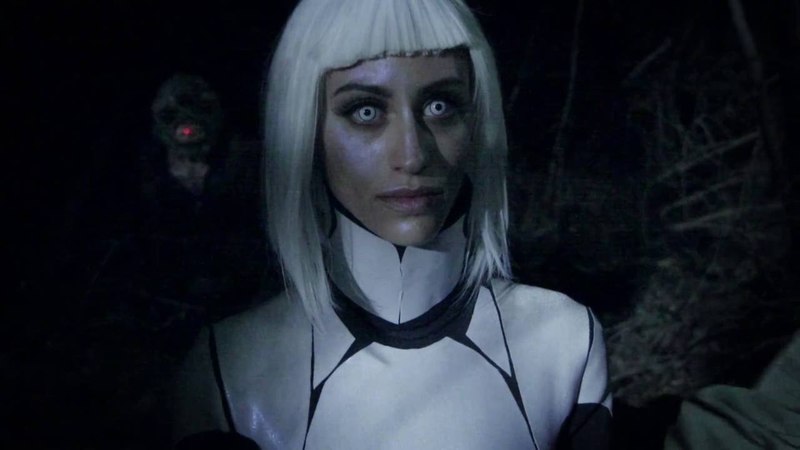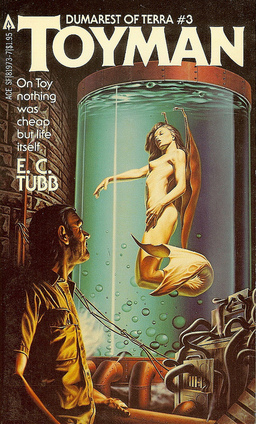Modular: Eye of the Beholder – The Art of Dungeons & Dragons
Art is a HUGE part of Dungeons and Dragons (D&D). In fact, you can’t separate the amazing illustrations, (from black and white sketches to glorious color panoramas) from the actual playing of D&D. Of course, this applies to other role playing games. Wayne Reynolds’ illustrations were a big draw for me in trying Pathfinder. But there’s a reason I mentioned D&D.
Eye of the Beholder: The Art of Dungeons & Dragons, a documentary by X-Ray Films and Cavegirl Productions, is due out next year. And what a BRILLIANT idea! In addition to featuring artists and their work, it will also include interviews with game designers, authors, insiders and fans.
If this preview doesn’t grab you, I’m not sure you’re a D&D fan. If you read Part One of my history of Necromancer and Frog God Games (you did, didn’t you?), you saw those awesome Necromancer covers. I’ve loved D&D art since I started playing and I even had a puzzle with Larry Elmore’s drawing from the cover of the Red Box.
There’s a very short article about it in Format Magazine that has a bunch of wonderful D&D art from several of the greats. Makes me think of those great Dragon Magazine covers.
You can read Bob Byrne’s ‘The Public Life of Sherlock Holmes’ column here at Black Gate every Monday morning.
He founded www.SolarPons.com, the only website dedicated to the ‘Sherlock Holmes of Praed Street’ and blogs about Holmes and other mystery matters at Almost Holmes.
He is an ongoing contributor to The MX Book of New Sherlock Stories series of anthologies, with stories in Volumes III, IV and the upcoming V.

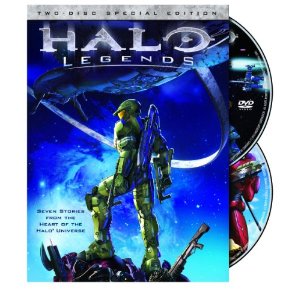
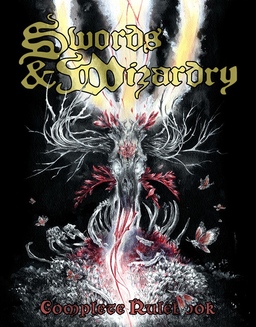
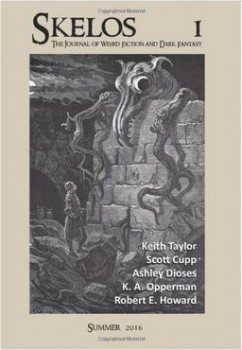

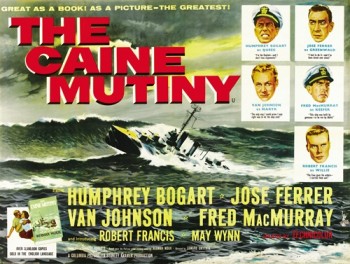
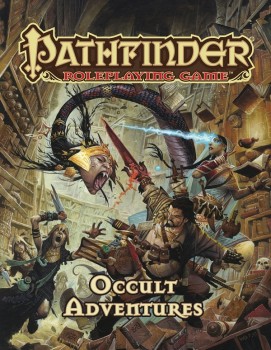
 In September, Word on the Street takes place in major cities all over Canada, though not necessarily on the same day. In fact, if you live in Ontario, as I do, you could conceivably participate in both Ottawa’s and Toronto’s events.
In September, Word on the Street takes place in major cities all over Canada, though not necessarily on the same day. In fact, if you live in Ontario, as I do, you could conceivably participate in both Ottawa’s and Toronto’s events.